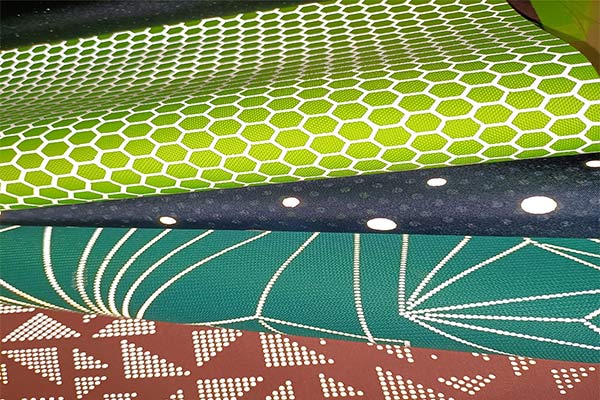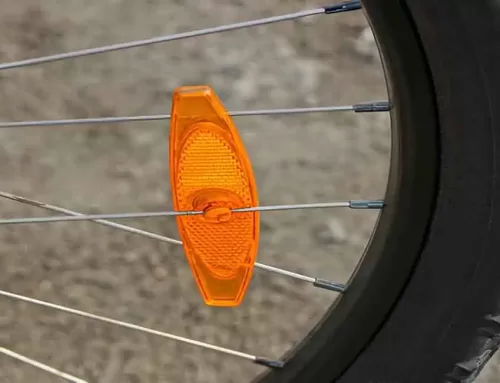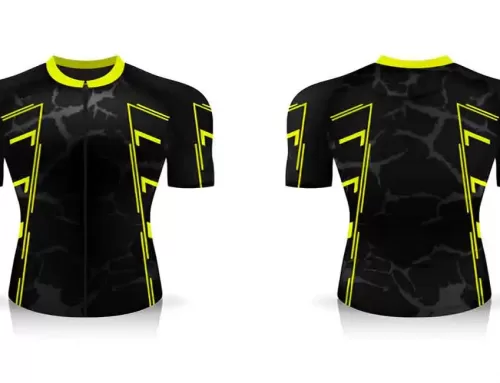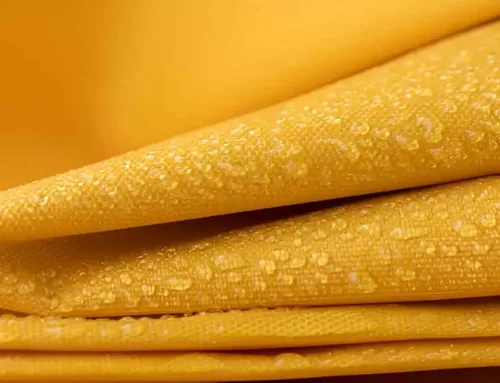
Reflective fabric for clothing
The most obvious place to put reflective material is clothing. There are many different uses for reflective fabric, such as heat protection and fire and wind resistance. Regardless of the use, it will increase the safety of the wearer. Here are some other places you might find reflective materials. They are often used in sports apparel, but are also useful for everyday use. They can help you stay visible even when wearing low-visibility clothing.
Benefits of retro-reflective fabric
There are several types of reflective materials used in the production of clothing. You can use them on shoes, uniforms, cycling and athletic gear, helmets, leg and armbands, and carrying cases and backpacks. They are beneficial to all people. They help prevent accidents and injuries and improve safety in any environment. The U.S. Department of Transportation recommends the use of this material. It can also reduce the risk of accidents for cyclists and pedestrians, especially at night.
Reflective fabric can protect you from different elements, such as heat, rain, and cold. The advantage of using this type of fabric is that it doesn’t need multiple layers to stay protected. You can get a breathable, soft backing for your reflective material, as well. Buying reflective fabric is not as easy as purchasing ordinary fabric, so it’s helpful to know what to look for and where to buy it.
In addition to its protection, reflective fabric has several other benefits. It can withstand natural wear and tear, and it also resists temperature changes and UV rays. Another advantage of this material is that it is easy to apply, and you don’t need to be an expert in sewing or ironing. It can also be sewn onto fabric, which means it’s a good choice for apparel. There are several different kinds of reflective material available, from headbands to pants.
Applications
Reflective material is most commonly used on athletic uniforms. Workers wearing this material are protected by the law and can move around low-visibility areas without causing harm to themselves or others. It can also be added to protective clothing as well. It’s typically made from a fluorescent or reflective material that includes shapes and tape. The base cloth is used to secure the micro glass beads. The reflective fabric is half-coated with aluminum for greater reflectivity.
Orange reflective material is the most effective when headlights shine on it. Some manufacturers also process fluorescent materials with composites or coatings. But remember that fluorescent clothing cannot be seen in pitch-black conditions.
There are different types of reflective material that are used in clothing. Silver Reflective Material is one example. This material can be 1,500 times brighter than a white t-shirt. It is also resistant to various environmental agents, which makes it more durable than before. And some reflective materials have other benefits as well. The benefits of reflective materials outweigh their drawbacks, and you should try them out for yourself.
Reflective material can be found in fabric and craft stores across the country. It can be sewn onto clothing and other equipment and is considered non-conductive by the AATCC. It can be applied to a wide range of fabrics. It is especially useful for outdoor sportswear and other items. For example, a Columbia Sportswear fleece jacket is reflective for heat. Its fluorescent color makes the wearer easier to spot.
Heat transfer vinyl for safety apparel
In addition to sewing on reflective fabric, there are some other types of reflective material that are commonly found in clothing. Heat transfer-type products are popular in the manufacturing of safety apparel. These products are usually tape-type and can have logos attached to them.
These products come in different colors and have different characteristics, which make them suitable for various applications. These materials are used in both leisure and safety apparel.
In addition to being highly reflective, they are also durable and can be worn by most people. If you like DIY heat transfer film, you may like this post to learn how to press HTV on the garment.
The reflective fabric can be designed to be worn on different types of clothing.
A common type is made of 100% polyester. A good way to differentiate between reflective material and the ordinary fabric is to check the material’s backing. This backup will help you avoid snagging. The reflective fabric is often soft and pliable, and will not interfere with your body’s movement. However, it’s still important to follow the manufacturer’s care instructions.
There are two different types of reflective fabric. One is bronzed and features custom-designed prints and unique patterns. It’s also used for fashion apparel. It’s great for jackets and pants, but it’s also good for backpacks and pet clothes. There are many other uses for reflective material in clothing. Its primary purpose is to increase the safety factor, but it can also enhance the aesthetics of the garments.
How to choose reflective material
Some reflective materials are made with an elastic part called TPU. This material is applied with heat transfer vinyl and is available in various colors. Some reflective fabrics are multi-colored, while others have a rainbow or segmented pattern.
The types of reflective materials will differ in terms of operating temperature, color options, and application. It is recommended to consult the manufacturer before you buy any specific clothing.
For example, HTV-reflective fabrics are a great way to protect your clothes.





